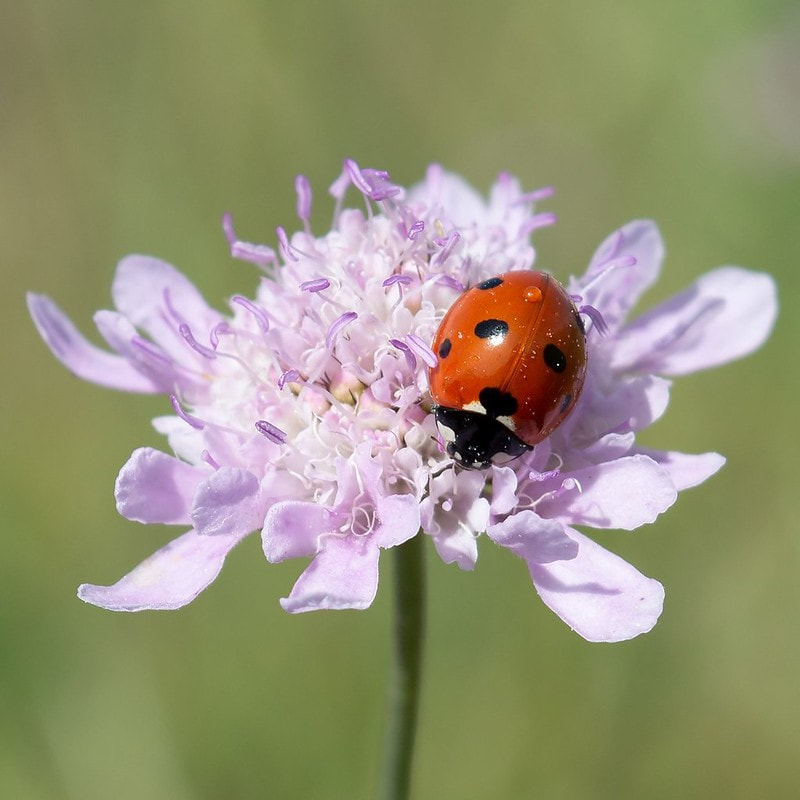We use genomic data to study a wide range of evolutionary questions. From fine-scale population demographics to deep-scale evolutionary history, and everything in between. Ultimately, we aim to learn more about the processes that govern genetic differentiation within and between species, how these lead to the increase in species diversity on our planet, and how species are affected by recent changes in their environments.
Species tree reconstruction with loci under selection: a study of salamandrids and strepsirrhines
This research project uses next generation DNA sequence technology to sequence large portions of strepsirrhine primates and salamandrid salamanders genomes. These data include hundreds of loci under positive selection as well as hundreds of loci from neutrally evolving parts of the genome. Analyses of these data explore the ways in which massive data sets can be used in phylogeny reconstruction. This research is funded by NSF grant DEB 1355000 in collaboration with Dr. Anne Yoder at Duke.
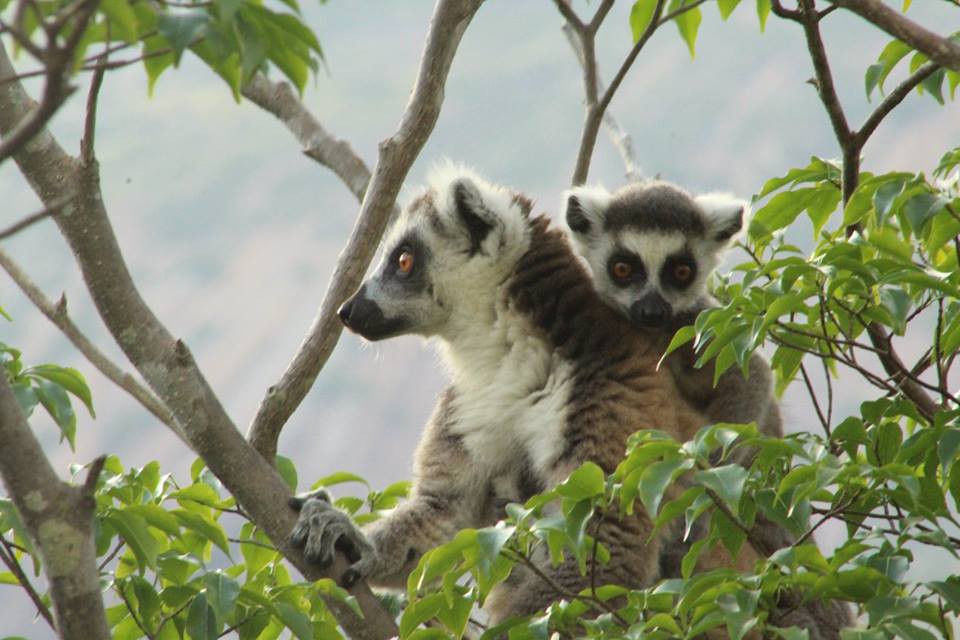
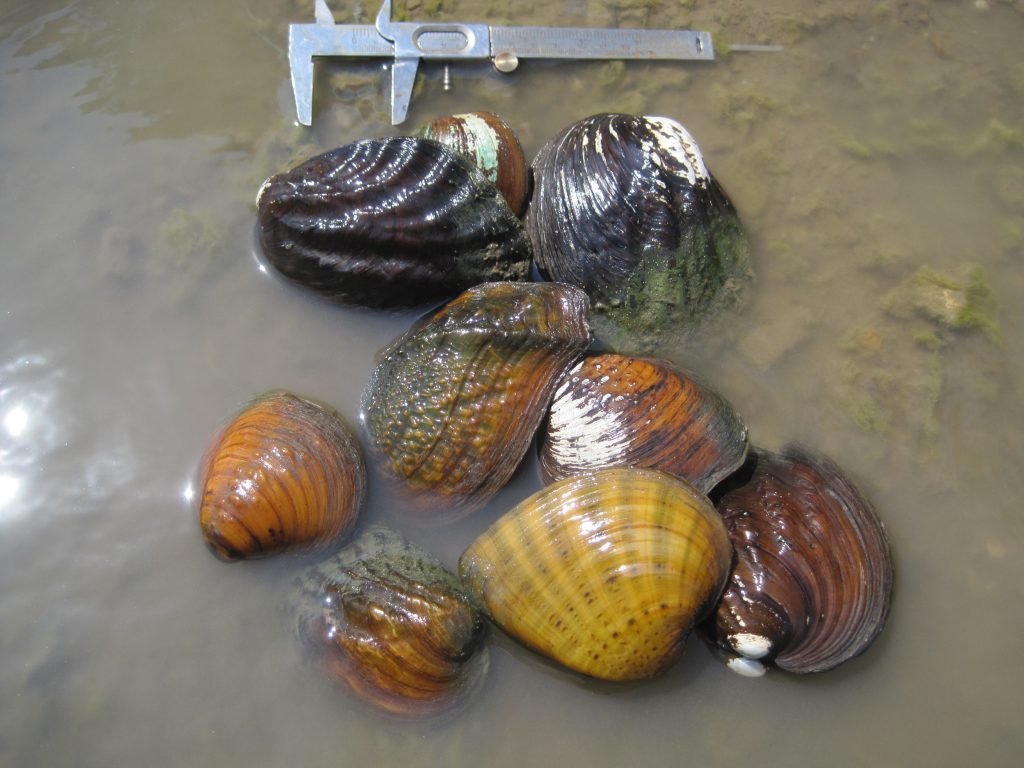
Landscape genetics and gut microbial composition of freshwater mussels
Kentucky ranks 3rd in fresh mussel diversity in the world! But, half of these essential stream invertebrates are at risk for extinction. Graduate student Mary Foley’s research is looking for patterns in the gut microbiome composition and diet of native Kentucky mussels species using 16s rRNA sequencing. She is also using genetics to look at gene flow between populations of mussels, in order to estimate population level and species level health. She hopes her research will be used to further mussel conservation efforts.
Phylosymbiosis and adaptation in the lemur gut microbiome
Graduate student Mariah Donohue studies how lemur gut microbial communities have evolved alongside lemur species evolution. The gut microbiome is important for species’ development, immunity, metabolism, and behavior, so it has likely played an important role in their evolutionary past, although this is understudied. Undergraduates Zoe Hert and Carly Karrick also study the lemur gut microbiome, including which microeukaryotic organisms are present.
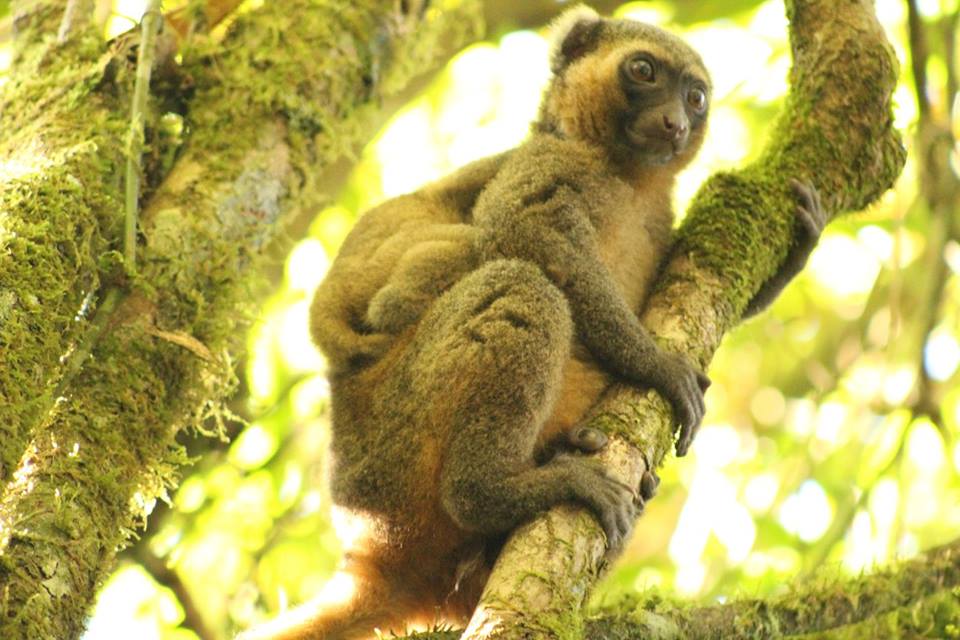
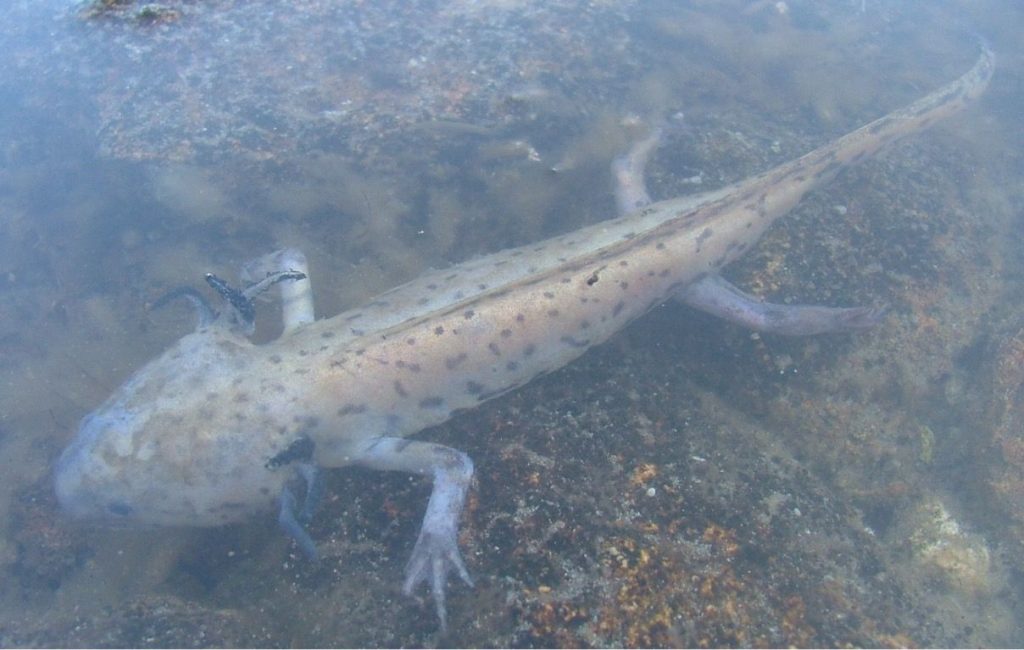
Landscape and population genetics of the North American tiger salamander complex
In the North American tiger salamander species complex (genus Ambystoma), one factor that may influence their diversification is life history: some taxa are obligately paedomorphic–a condition where adults maintain an aquatic, larval phenotype–while others are facultatively paedomorphic or entirely metamorphic. Using a large multi-locus dataset, we found evidence of gene flow and/or panmixia between obligately and facultatively paedomorphic taxa, suggesting that an obligately paedomorphic life history is not a strong driver of speciation in the tiger salamander complex. We also recovered a history of gene flow between the critically endangered axolotl and its neighboring populations, providing important information for its conservation and captive management. This research was published in PNAS.
Gene flow and population genetics of lady beetles
This study compares two species of lady beetles, Propylea quatourdecimpunctata and Hippodamia variegata to uncover genomic signatures of population structure in their non-native U.S. ranges. This project uses ddRAD sequencing to sample variation across genomes and estimate structure with both spatial and non-spatial methods.
